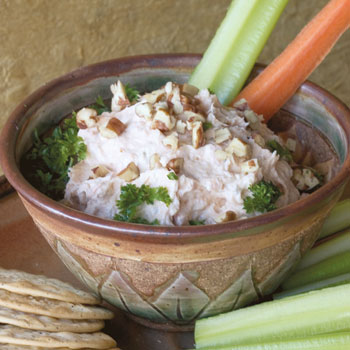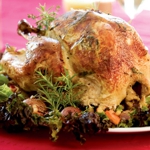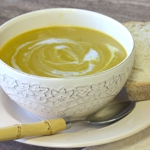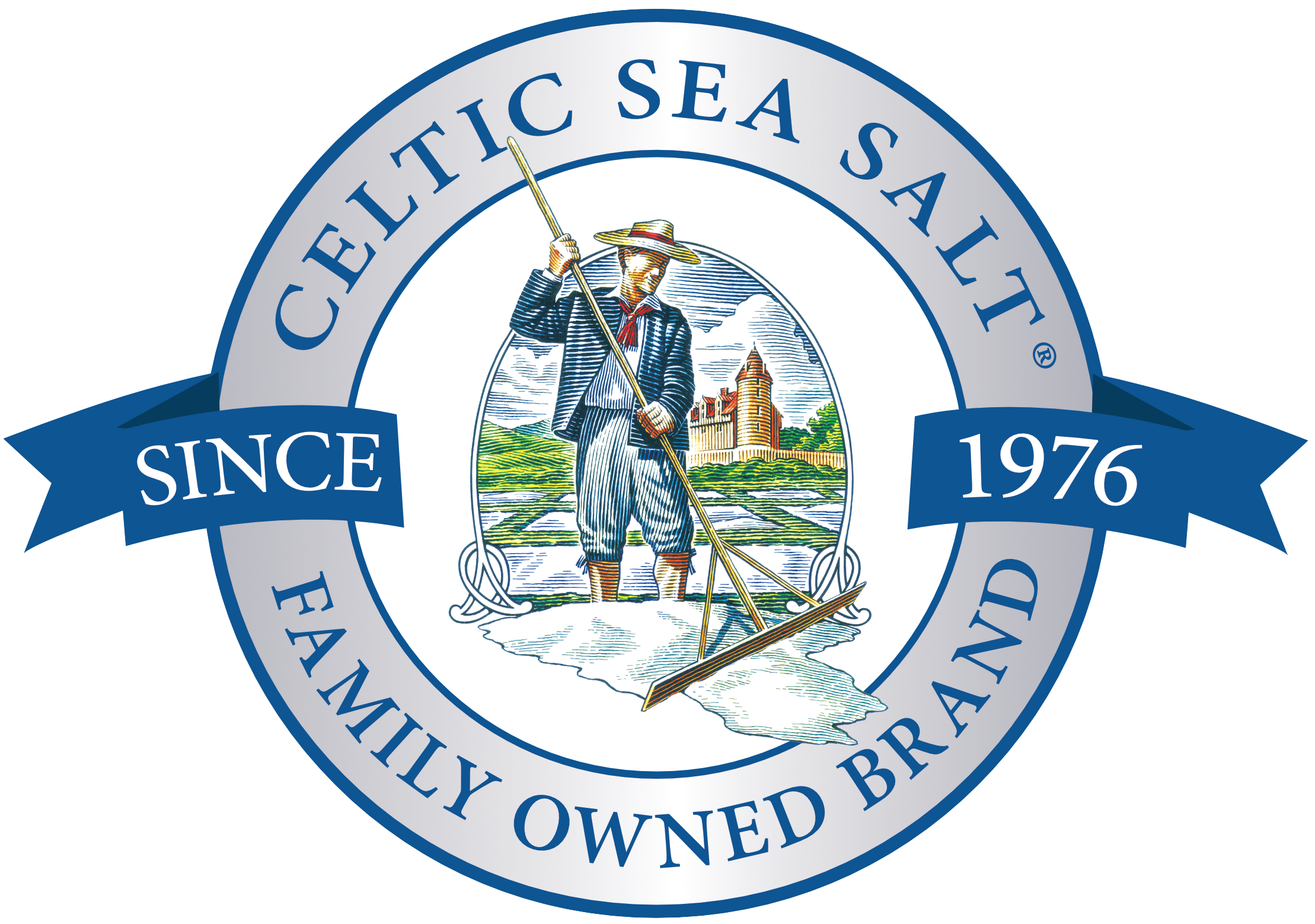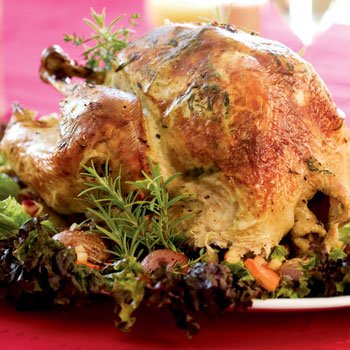A Foundation of Integrity: Over Forty Years of Exceptional Sea Salt
Since our founding in 1976, Celtic Sea Salt has grown into a worldwide brand, recommended for both unique taste and unique health benefits. Our roots remain at the center of our growth. While many claim to be the original, we have had over forty years to perfect our craft, and the resulting products embody our dedication. More Information...
Each of our salts comes from a unique place! Here is a list of our Celtic Sea Salt® salts and their source.
Light Grey Celtic, Fine Ground Celtic, Flower of the Ocean: FRANCE
Celtic Pink Sea Salt, Fossil River: SPAIN
Gourmet Kosher: GUATEMALA
Celtic Kosher Coarse and Fine: COLIMA MEXICO
Makai Pure: HAWAII USA
Rare Body Bath Coarse and Fine: VARIOUS
Here is a list of our salts and their respective harvesting methods:
Light Grey Celtic- Hand harvested using method invented by the Celts who settled this region of France. Seawater at high tide is trapped in estuaries until it evaporates to a brine, in which it is guided by the salt farmer through a series of clay-lined beds until by the end it is crystallizing. The farmer uses wooden rakes to pull the sunken crystals imparted with the grey color from the bed of the harvesting ponds. With little more done than natural draining, the yield is a moist, natural crystal salt with the brine, or “bitterns” still intact.
Fine Ground Celtic- This salt comes from the Light Grey Celtic, just low-temperature dried and crushed for convenience. Great for baking and as a transition salt (looks the closest to regular salt)
Gourmet Kosher- Hand harvested by salt farmers from lined beds where seawater is piped in and allowed to evaporate. As the crystals form they are kept in motion, yielding a beautiful, tiny, delicate crystal.
Makai Pure- Greenhouse harvested salt. The seawater is taken from deep ocean currents where there is higher salinity, which yields a high-mineral salt with beautiful natural chunks and flakes.
Kosher Celtic- Naturally harvested from salt ponds where the seawater is naturally filtered up through the ground. This is the most moist salt we have. Also for its price the highest minerals. Even the fine ground variety is very moist, full of the mineral-rich brine.
Flower of the Ocean- This is the “cream of the crop” of salts. By skimming the crystals off of the surface of the brine, only the most delicate crystals are caught before they sink to become the Light Grey Celtic salt. Flower of the Ocean is a culinary treasure, known as a “finishing salt” or an “expediting salt” to be pinched on food right before serving. No need for a grinder with this salt, as the crystals are easily crushed between the fingers.
Unrefined salts like ours have no more than trace amounts of Iodine, not enough to satisfy your daily recommended amount. Try our Gourmet Seaweed Seasoning for a great tasting seasoning that includes natural Iodine! Here are more of our Iodine options Celtic Sea Salt Iodine.
The best salts that we have are the ones with the natural crystals and beneficial brine. The salts we have with these attributes are as follows (in order of price low-high):
Gourmet Kosher
Light Grey Celtic
Kosher Celtic
Makai Pure
Flower of the Ocean
We strive to ensure that the salt you get from us is just salt as Mother Nature intended. Our producers test at the source and we do annual 3rd party testing. We test for pollutants like mercury, lead, and aluminum. We also test for radiation, petroleum, and micro-plastics.
Our salt can be found at these fine Retailers.





